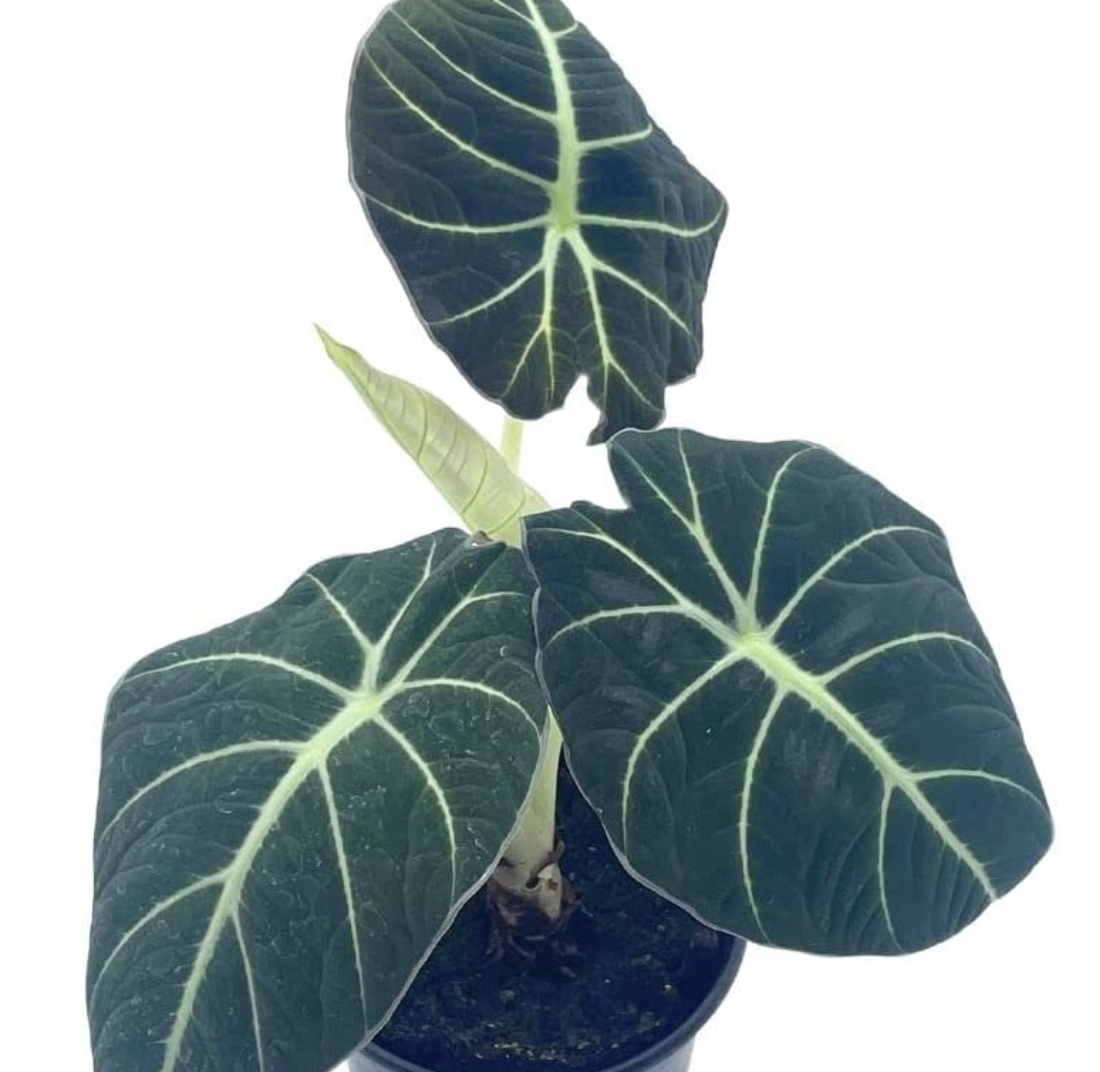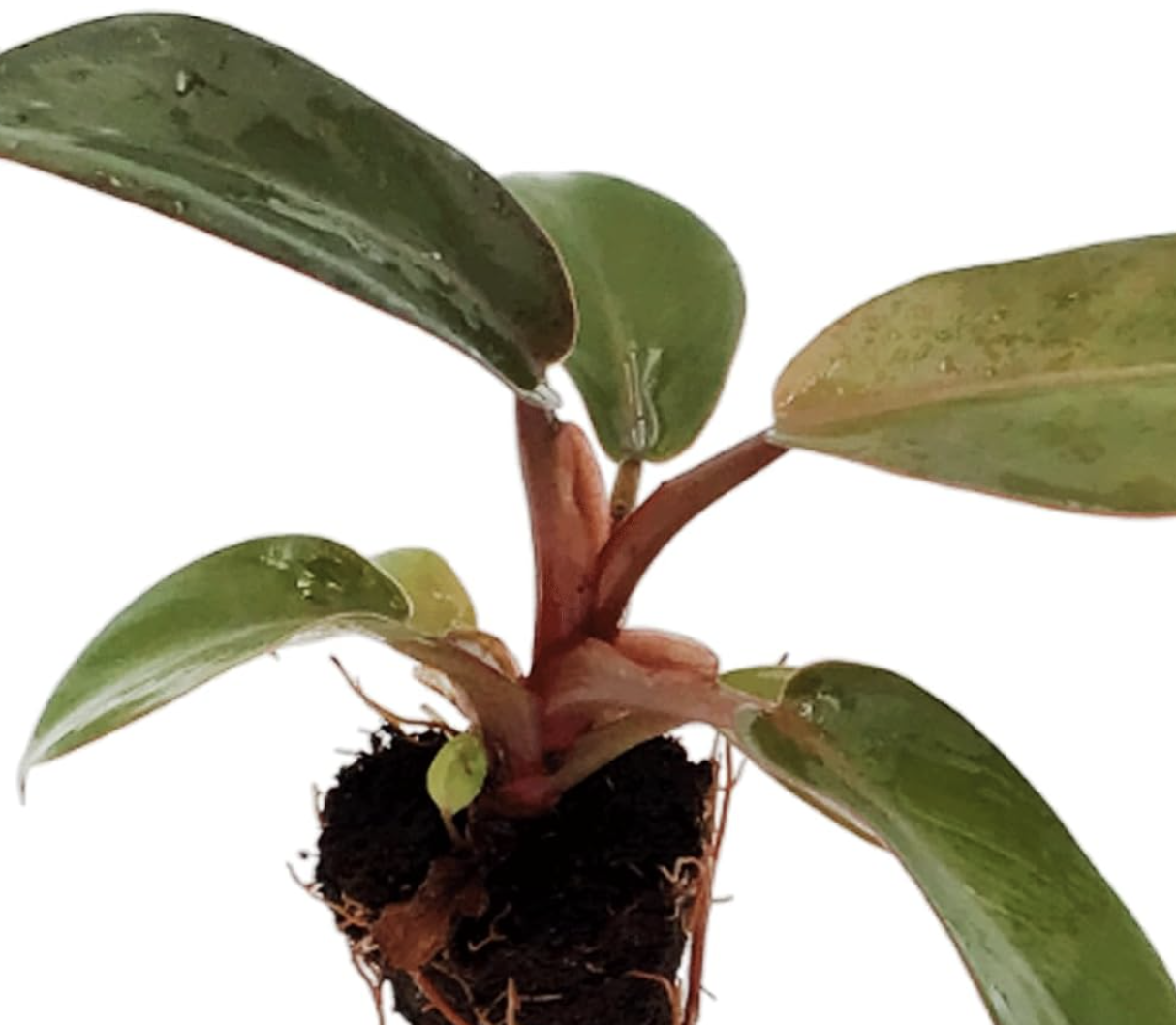'Such a curious beauty' - the best black plants to grow indoors that experts love
With their intriguing colors and unexpected hue the best black plants to grow indoors help to create a richly fascinating windowsill or foliage display
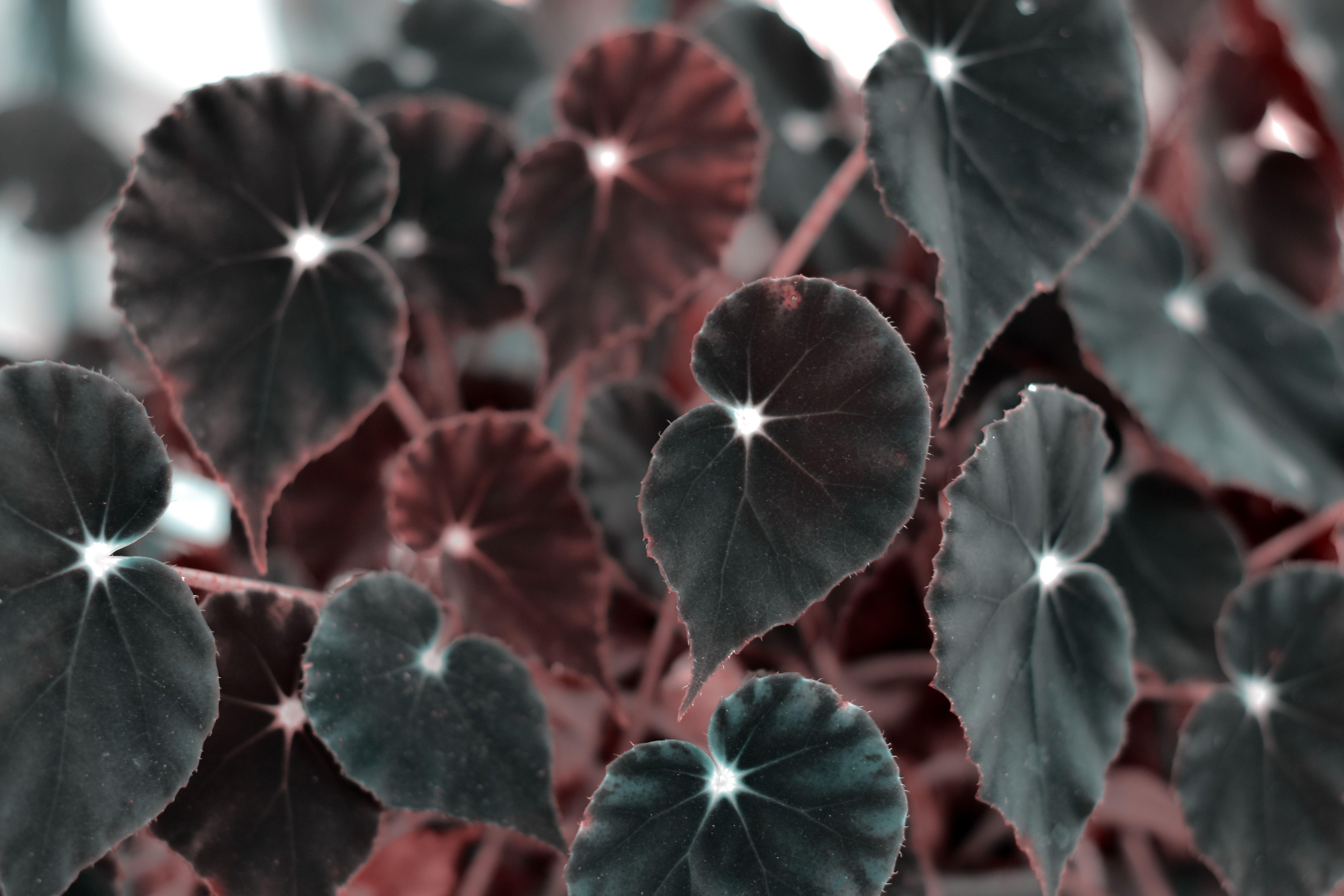
A burst of green foliage in our homes makes them feel vibrant and alive. Yet for added drama and depth, consider layering the best black plants to grow indoors.
These black plants are usually cultivars, bred in a lab for their looks (and often patented), so can be hard to find. Some species have stems and leaves that are the darkest of green, almost black, while others err more towards deep burgundy.
What these cultivars all have in common is their striking tones and curious beauty. So if you love creating an intriguing indoor garden and decorating with plants, bring in those with richer hues to add interest to your space. And mix them with verdant varieties for maximum impact.
The best black plants to grow indoors
Plant experts pick the most dramatic species to add to your indoor garden.
1. ZZ (Zamioculcas zamiifolia) Raven

One of the most popular indoor plants, the ZZ is loved for its looks and low-maintenance requirements. Often featuring on lists of best houseplants for beginners, the ZZ can tolerate a variety of living conditions, so has earned a reputation as an easy-going house guest. Even the unusual ZZ raven, a cultivar with almost-black leaves, is still one of the best low maintenance plants for an indoor garden.
'It's the infamous and reliable ZZ plant but in black,' says Paris Lalicata, plant expert at The Sill. 'The growth emerges as a bright lime green until the foliage matures and gradually becomes black.
This is one of the best desk plants as it can thrive away from windows. 'The ZZ Raven is a highly dependable, easy-care houseplant perfect for all plant lovers. It is drought-tolerant so be sure to allow the soil to dry out completely between waterings,' Paris adds.
The Livingetc newsletters are your inside source for what’s shaping interiors now - and what’s next. Discover trend forecasts, smart style ideas, and curated shopping inspiration that brings design to life. Subscribe today and stay ahead of the curve.
'The ZZ plant is characterized by its thick, waxy leaves which helps it become tolerable to drier conditions (low humidity) in the home during the fall and winter months when the heat kicks on. They also tolerate varying light conditions including low light but will thrive and grow faster in bright indirect light conditions, to some morning direct sunlight.'
2. Alocasia black velvet (Alocasia reginula)
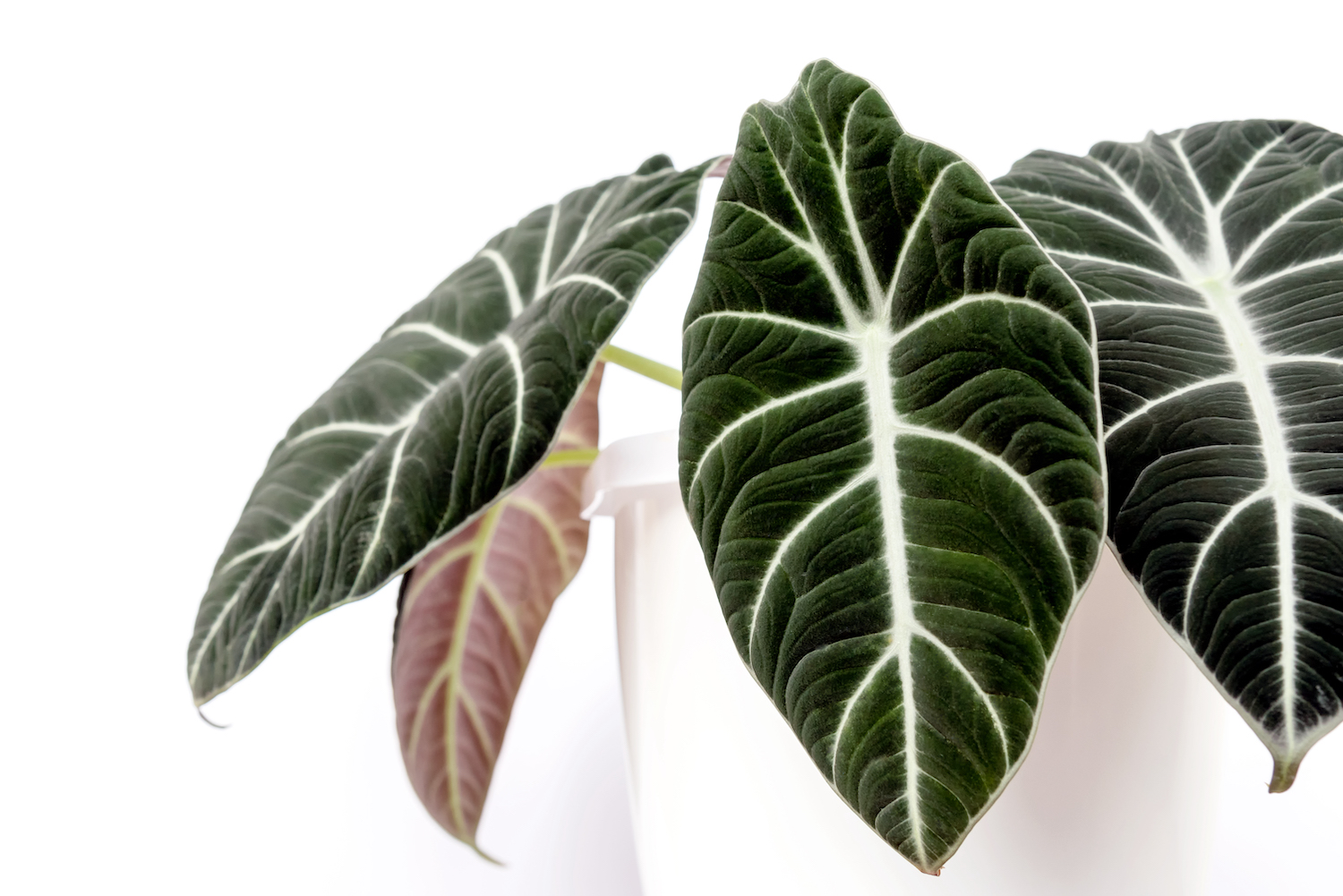
Although a dwarf variety, the Alocasia black velvet has huge visual appeal. Its large, velvety, almost-black leaves are starkly contrasted with white veins, giving Alocasia reginula striking foliage that is highly sought-after. It's one of those indoor plants can make a room feel more expensive, its dark leaves looking rich and luxe.
In the wild, Alocasias are forest floor dwellers, so this plant prefers partial shade and will burn in full sun.
'This Alocasia reginula is prized for its velvety black leaves with bright white veining,' says Paris Lalicata, plant expert at The Sill. 'A petite species, it can certainly make a big impression with its striking foliage. It remains small too, so it won’t outgrow its intended spot.
'It prefers medium-bright indirect light and will thrive best in an East window, but diffused West and South windows can work. Water them once about half the soil has dried out. Alocasia also thrive best in conditions where humidity is consistently above 40% so adding a humidifier in the room will make this plant happy.'
3. Philodendron black cardinal
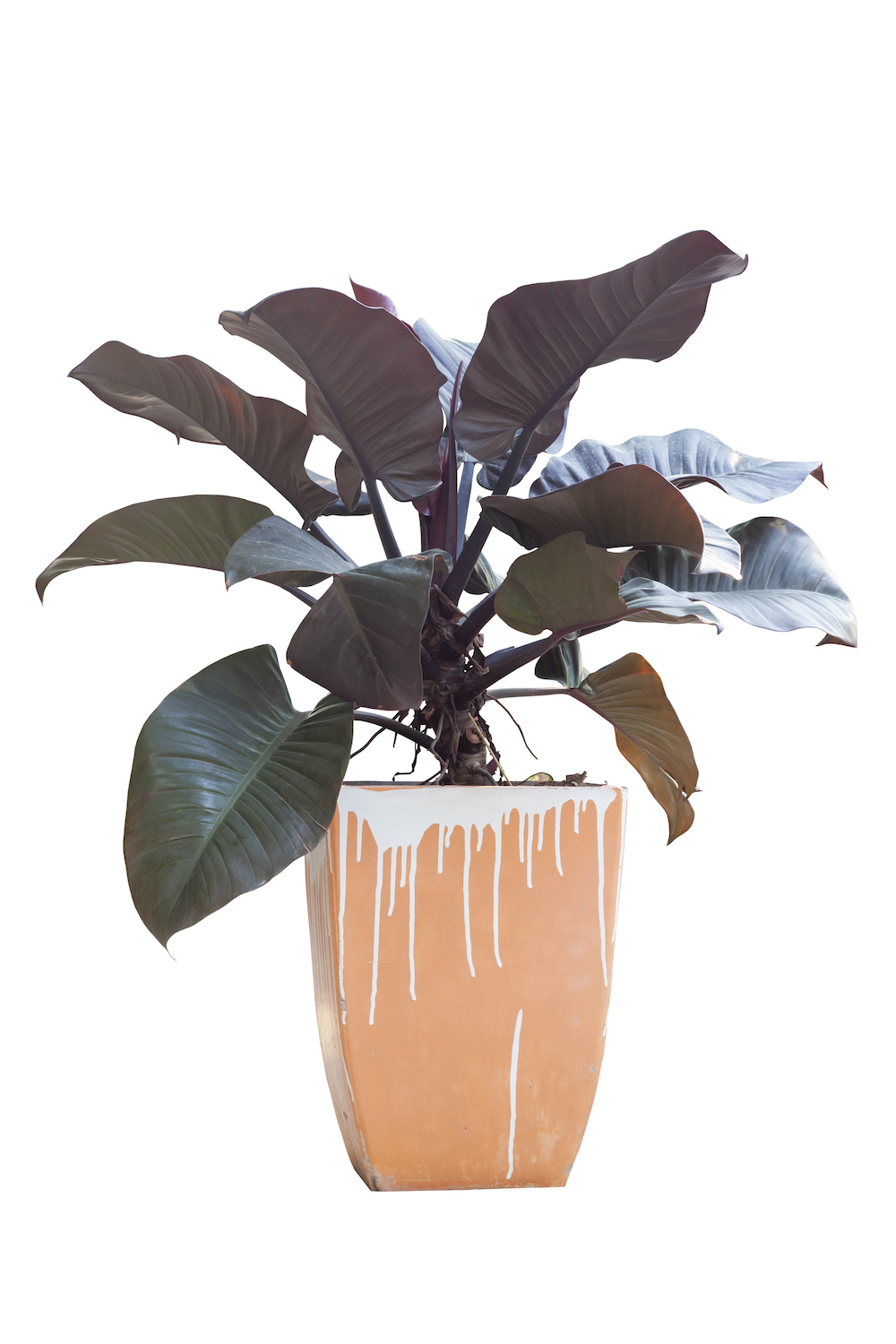
Although called the black cardinal, this philodendron's leaves tend to be a gorgeous, glossy, burgundy color. It is these deep red tones that make this philodendron a sought-after species. Its leaves also have more of an oval shape than the heartleaf variety, most of us are familiar with.
'The philodendron black carinal is a cultivated hybrid, where the foliage will emerge as a bronzed red color, until they mature into a dark black-green hue,' says Paris Lalicata at The Sill. 'While it’s a slow growing plant, its dependable nature and striking foliage makes it popular amongst plant parents.
'Maintain bright light levels by keeping the plant in a window or using a grow light. It’s not suited for low light conditions and will grow best in bright indirect light with morning sun. Allow the soil to dry out between waterings, then give it a thorough soak, as well as ample humidity.' Do you really need a humidifier for your indoor plants? For this one, possibly yes.
4. Rubber tree 'burgundy' (Ficus elastica 'abidjan')
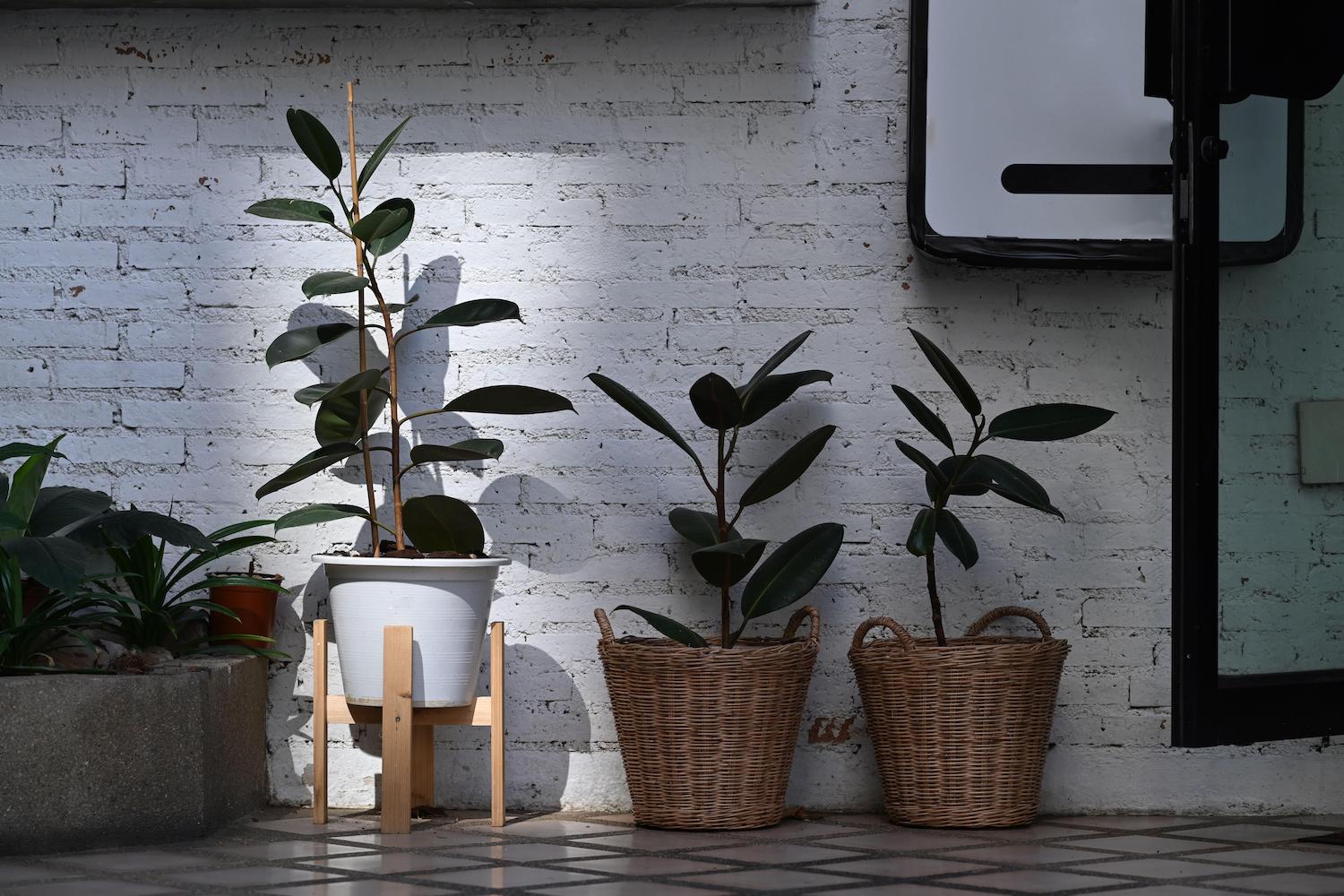
This version of the much-loved rubber tree has broad, glossy leaves in shades of darkest green and rich burgundy. It's not exactly jet black, but its dark demeanour lends a sophisticated mid-century vibe to an interior.
Indoors, if looked after and given the space, this plant can grow to over ten feet tall and it likes bright, indirect light, away from cold draughts. Water it when the top soil its dry and give its shiny leaves a regular wipe with a damp cloth as dust will hinder its photosynthesis.
'This ubiquitous staple of the 1960s is still a great houseplant, where a large floor plant is needed,' says Lisa Eldred-Steinkopf, author of Houseplants. 'Its large leathery leaves make a bold statement. The Rubber tree burgundy is a cultivar with dark burgundy, almost-black leaves.'
Jacky Parker is a freelance lifestyle journalist and writer, producing a wide range of features for magazines and digital platforms. She has written for Livingetc and its sister titles, Homes & Gardens and Country Homes & Interiors for more than 15 years, both as a freelance contributor and as Acting Digital Editor and Acting Style Content Editor, regularly reporting on the latest interiors, gardens and wellness inspiration, speaking to experts in their respective fields, and discovering the best tips.
Jacky has also written for other publications, including Sunday Times Style, The Telegraph, Architectural Digest, House Beautiful, ELLE Decoration, Red, Grand Designs and more.

